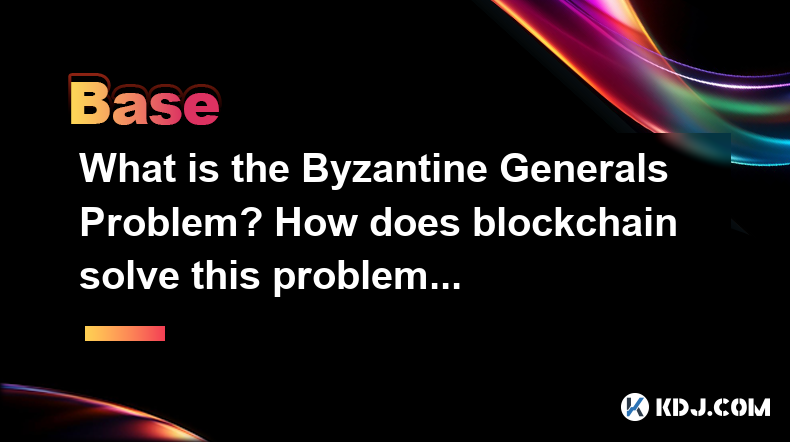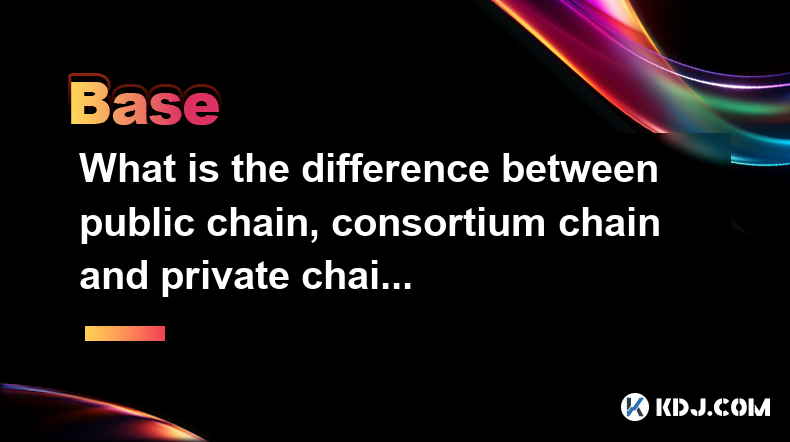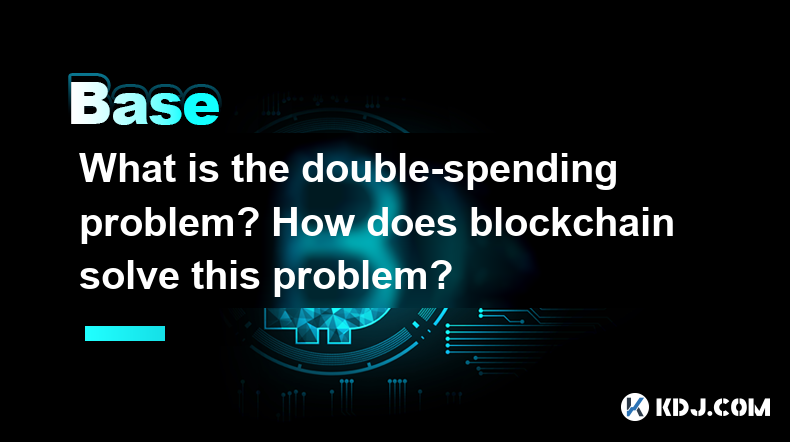-
 Bitcoin
Bitcoin $84,094.4129
1.60% -
 Ethereum
Ethereum $1,821.7742
0.59% -
 Tether USDt
Tether USDt $0.9997
0.00% -
 XRP
XRP $2.1407
3.87% -
 BNB
BNB $598.6984
1.20% -
 Solana
Solana $123.4827
5.75% -
 USDC
USDC $1.0000
0.01% -
 Dogecoin
Dogecoin $0.1722
7.24% -
 Cardano
Cardano $0.6642
2.33% -
 TRON
TRON $0.2385
0.43% -
 UNUS SED LEO
UNUS SED LEO $9.5334
1.35% -
 Chainlink
Chainlink $13.0140
1.67% -
 Toncoin
Toncoin $3.4052
-5.95% -
 Stellar
Stellar $0.2604
-0.03% -
 Avalanche
Avalanche $18.2768
0.91% -
 Sui
Sui $2.2810
1.88% -
 Shiba Inu
Shiba Inu $0.0...01232
0.77% -
 Hedera
Hedera $0.1646
1.14% -
 Litecoin
Litecoin $84.6257
1.99% -
 Polkadot
Polkadot $4.0498
-0.10% -
 MANTRA
MANTRA $6.2711
-2.10% -
 Bitcoin Cash
Bitcoin Cash $302.6871
0.34% -
 Bitget Token
Bitget Token $4.5346
1.16% -
 Dai
Dai $1.0000
0.00% -
 Ethena USDe
Ethena USDe $0.9991
-0.04% -
 Hyperliquid
Hyperliquid $12.2705
5.21% -
 Monero
Monero $217.6766
2.41% -
 Uniswap
Uniswap $5.9514
2.02% -
 Pi
Pi $0.5240
-7.74% -
 Pepe
Pepe $0.0...07231
8.85%
What role does the Merkle tree play in the blockchain? Why can it verify data integrity?
Merkle trees ensure data integrity in blockchain by efficiently verifying transactions with minimal data, using a hierarchical structure of hashes.
Apr 04, 2025 at 01:29 pm

The Merkle tree plays a crucial role in the blockchain, primarily due to its ability to efficiently and securely verify data integrity. This article will delve into the structure of a Merkle tree, its implementation in blockchain, and how it ensures the integrity of data.
Understanding the Structure of a Merkle Tree
A Merkle tree, also known as a hash tree, is a binary tree where every leaf node is a hash of a block of data, and every non-leaf node is a hash of its child nodes. The root of the Merkle tree is a single hash that represents all the data within the tree. This structure allows for efficient and secure verification of the contents of large data structures.
In a Merkle tree, the data is organized in such a way that each level of the tree represents a hash of the level below it. For example, if you have four pieces of data (A, B, C, D), the first level of the tree would contain the hashes of these individual pieces (hash(A), hash(B), hash(C), hash(D)). The next level would contain the hashes of these hashes, pairing them up (hash(hash(A) + hash(B)), hash(hash(C) + hash(D))). This process continues until you reach the root hash, which is the hash of the entire dataset.
Implementation of Merkle Trees in Blockchain
In the context of blockchain, each block contains a Merkle tree that represents all the transactions within that block. The Merkle root of this tree is included in the block header, which is crucial for the integrity of the blockchain. This structure allows for quick and efficient verification of whether a transaction is included in a block without needing to download the entire block.
When a new block is created, the transactions within it are hashed and organized into a Merkle tree. The resulting Merkle root is then included in the block header. This process ensures that any change to a transaction within the block would result in a different Merkle root, making it evident that the block has been tampered with.
Verifying Data Integrity with Merkle Trees
The ability of Merkle trees to verify data integrity stems from their hierarchical structure. To check if a specific piece of data is part of the tree, you only need to provide a Merkle proof, which consists of the hashes of the sibling nodes along the path from the leaf to the root. This proof is significantly smaller than the entire dataset, making verification efficient.
For instance, if you want to verify that transaction T is included in a block, you only need to provide the hashes of the sibling nodes of T's path to the root. By hashing these siblings with T's hash, you can reconstruct the Merkle root. If the reconstructed root matches the root stored in the block header, it confirms that T is indeed part of the block.
Efficiency and Security of Merkle Trees
The efficiency of Merkle trees lies in their ability to verify data integrity with minimal data. The logarithmic nature of the tree means that the size of the Merkle proof grows logarithmically with the number of leaves, making it highly efficient for large datasets. This is particularly beneficial in blockchain, where nodes need to verify transactions without downloading the entire blockchain.
Security is another critical aspect of Merkle trees. Since each node in the tree is a hash of its children, any alteration in the data would result in a different hash at every level up to the root. This makes it extremely difficult to tamper with data without being detected, as even a single change would result in a different Merkle root.
Practical Applications of Merkle Trees in Blockchain
Merkle trees are not only used for transaction verification in blockchain but also play a role in other areas. For instance, Simplified Payment Verification (SPV) wallets use Merkle proofs to verify transactions without needing to download the entire blockchain. This allows users to verify transactions on lightweight devices, making blockchain technology more accessible.
Another application is in blockchain synchronization. When a new node joins the network, it can use Merkle trees to efficiently synchronize with the existing blockchain. By comparing Merkle roots, the node can quickly identify which blocks it needs to download, significantly reducing the time and resources required for synchronization.
Frequently Asked Questions
Q: Can Merkle trees be used with non-binary trees?
A: Yes, Merkle trees can be adapted to use non-binary trees, such as ternary or even more complex structures. The principle remains the same: each non-leaf node is a hash of its children, and the root represents the entire dataset. However, binary trees are most commonly used due to their simplicity and efficiency.
Q: How does the Merkle tree help in detecting data tampering?
A: Merkle trees help detect data tampering by ensuring that any change in the data results in a different Merkle root. Since the Merkle root is stored in the block header, any alteration to a transaction within the block would result in a different root, making tampering evident.
Q: What is the role of Merkle trees in blockchain scalability?
A: Merkle trees contribute to blockchain scalability by allowing nodes to verify transactions and synchronize with the blockchain more efficiently. By using Merkle proofs, nodes can verify the inclusion of transactions without needing to download the entire blockchain, which is crucial for scaling the network to handle more transactions.
Q: Can Merkle trees be used in other cryptographic systems outside of blockchain?
A: Yes, Merkle trees are used in various cryptographic systems beyond blockchain. They are employed in file systems, digital signatures, and other areas where efficient and secure data verification is required. Their ability to provide proofs of inclusion and integrity makes them versatile tools in cryptography.
Disclaimer:info@kdj.com
The information provided is not trading advice. kdj.com does not assume any responsibility for any investments made based on the information provided in this article. Cryptocurrencies are highly volatile and it is highly recommended that you invest with caution after thorough research!
If you believe that the content used on this website infringes your copyright, please contact us immediately (info@kdj.com) and we will delete it promptly.
- As Excitement Continues to Swell Around XRP's Bullish Potential
- 2025-04-05 06:30:12
- Bitcoin (BTC) Drops to $82,000 Following Donald Trump's Widespread Tariffs
- 2025-04-05 06:30:12
- Bitcoin (BTC) is trading at $84,003, facing potential bearish pressure across multiple timeframes
- 2025-04-05 06:25:12
- Binance (BNB) Confirms That FDUSD's Reserves Exceed Its Circulation
- 2025-04-05 06:25:12
- Payment giant PayPal adds Solana (SOL) and Chainlink (LINK) to its growing list of supported digital assets
- 2025-04-05 06:20:12
- Binance Declines to List Pi Network in Its Newest Vote to List Initiative
- 2025-04-05 06:20:12
Related knowledge

Why is the oracle called the bridge between blockchain and the real world?
Apr 04,2025 at 04:00am
The concept of an oracle in the cryptocurrency and blockchain world is crucial for understanding how these decentralized systems interact with external data. The oracle is often referred to as the bridge between blockchain and the real world because it serves as a vital intermediary that fetches, verifies, and transmits off-chain data to the on-chain en...

What is the Byzantine Generals Problem? How does blockchain solve this problem?
Apr 05,2025 at 06:29am
The Byzantine Generals Problem is a classic problem in the field of distributed computing and computer science, which has significant implications for the reliability and security of decentralized systems, including blockchain technology. This problem is named after a hypothetical scenario involving several generals of the Byzantine army who must coordi...

What role does the Merkle tree play in the blockchain? Why can it verify data integrity?
Apr 04,2025 at 01:29pm
The Merkle tree plays a crucial role in the blockchain, primarily due to its ability to efficiently and securely verify data integrity. This article will delve into the structure of a Merkle tree, its implementation in blockchain, and how it ensures the integrity of data. Understanding the Structure of a Merkle TreeA Merkle tree, also known as a hash tr...

What is the difference between public chain, consortium chain and private chain? What scenarios are suitable for each?
Apr 04,2025 at 09:21pm
In the world of blockchain technology, understanding the differences between public chains, consortium chains, and private chains is crucial for selecting the right type of blockchain for specific applications. Each type of blockchain has its own unique characteristics and use cases, which we will explore in detail. Understanding Public ChainsPublic cha...

What is the double-spending problem? How does blockchain solve this problem?
Apr 04,2025 at 09:07am
The double-spending problem is a significant challenge in the realm of digital currencies. Double-spending refers to the potential for a digital currency to be spent more than once. This issue arises because digital files, unlike physical cash, can be easily duplicated. If not addressed, double-spending could undermine the integrity and trust in any dig...

What role does consensus mechanism play in blockchain? Why can't everyone keep accounts?
Apr 05,2025 at 12:29am
The consensus mechanism is a fundamental component of blockchain technology, serving as the backbone for maintaining the integrity and security of the network. It ensures that all participants in the network agree on the state of the ledger, which is crucial for the decentralized nature of blockchain. Without a consensus mechanism, the decentralized sys...

Why is the oracle called the bridge between blockchain and the real world?
Apr 04,2025 at 04:00am
The concept of an oracle in the cryptocurrency and blockchain world is crucial for understanding how these decentralized systems interact with external data. The oracle is often referred to as the bridge between blockchain and the real world because it serves as a vital intermediary that fetches, verifies, and transmits off-chain data to the on-chain en...

What is the Byzantine Generals Problem? How does blockchain solve this problem?
Apr 05,2025 at 06:29am
The Byzantine Generals Problem is a classic problem in the field of distributed computing and computer science, which has significant implications for the reliability and security of decentralized systems, including blockchain technology. This problem is named after a hypothetical scenario involving several generals of the Byzantine army who must coordi...

What role does the Merkle tree play in the blockchain? Why can it verify data integrity?
Apr 04,2025 at 01:29pm
The Merkle tree plays a crucial role in the blockchain, primarily due to its ability to efficiently and securely verify data integrity. This article will delve into the structure of a Merkle tree, its implementation in blockchain, and how it ensures the integrity of data. Understanding the Structure of a Merkle TreeA Merkle tree, also known as a hash tr...

What is the difference between public chain, consortium chain and private chain? What scenarios are suitable for each?
Apr 04,2025 at 09:21pm
In the world of blockchain technology, understanding the differences between public chains, consortium chains, and private chains is crucial for selecting the right type of blockchain for specific applications. Each type of blockchain has its own unique characteristics and use cases, which we will explore in detail. Understanding Public ChainsPublic cha...

What is the double-spending problem? How does blockchain solve this problem?
Apr 04,2025 at 09:07am
The double-spending problem is a significant challenge in the realm of digital currencies. Double-spending refers to the potential for a digital currency to be spent more than once. This issue arises because digital files, unlike physical cash, can be easily duplicated. If not addressed, double-spending could undermine the integrity and trust in any dig...

What role does consensus mechanism play in blockchain? Why can't everyone keep accounts?
Apr 05,2025 at 12:29am
The consensus mechanism is a fundamental component of blockchain technology, serving as the backbone for maintaining the integrity and security of the network. It ensures that all participants in the network agree on the state of the ledger, which is crucial for the decentralized nature of blockchain. Without a consensus mechanism, the decentralized sys...
See all articles





















































































